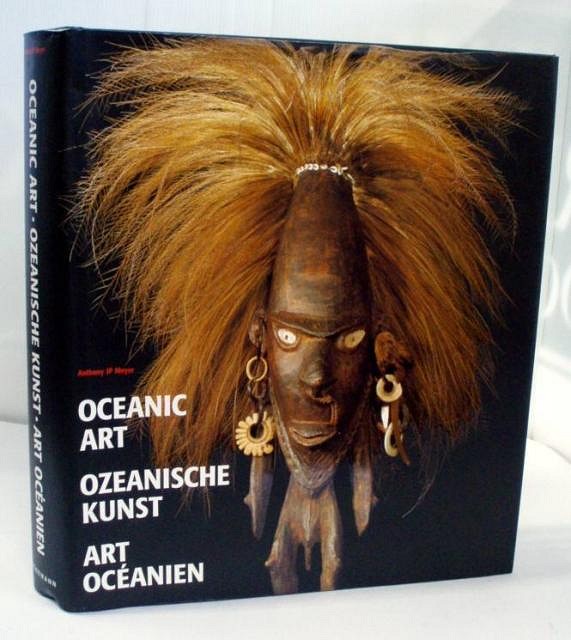Tiki Central / Tiki Carving
menehune'cons or leper'hunes??? Which came First??
Pages: 1 11 replies
|
CA
crazy al
Posted
posted
on
Mon, Mar 15, 2010 6:55 PM
I just did a bunch of Celtic based mugs that I carved 'knots' into.. having some fun with the Green!!
|
|
CA
crazy al
Posted
posted
on
Mon, Mar 15, 2010 6:59 PM
oh ya... and if you have not seen this in the general post... |
|
T
tikigodz
Posted
posted
on
Mon, Mar 15, 2010 8:17 PM
Luvin; the education and on a lighter note Mr, al you are one crazy mother F'er, |
|
TT

Trader Tom
Posted
posted
on
Mon, Mar 15, 2010 10:24 PM
History aside, there are a lot of old Irish legends and stories about explorers finding lost islands that are paradise on earth with exotic vegetation and beautiful women. The two stories that spring to mind are St Brendan and Bran. You can read about them here http://en.wikipedia.org/wiki/Brendan and here http://en.wikipedia.org/wiki/The_Voyage_of_Bran The god of the sea, Manannan mac Lir, was said to be the guardian of the "Blessed Isles" which have never been exactly pinpointed (some say they are Macronesian but they could just as easily be Polynesian Isles). More on Manannan here |
|
LLT
little lost tiki
Posted
posted
on
Tue, Mar 16, 2010 7:01 PM
Al is just a spruced up yoda.... |
|
P
Paipo
Posted
posted
on
Wed, Mar 17, 2010 5:12 PM
There are certainly folks here (including members of the carving fraternity) who believe in pre-Maori northern hemisphere settlers: The example of Katsina art adapting to colonial influence is very similar to what happened here....but I need to gather a few stray pics to illustrate the process - so part 2 will have to follow.... (PS: my NZ side is totally Irish...from 2 of those "illiterate undesirable" families who landed in the 19th century, traced back to the ships and beyond...and I did dabble in knotwork in my very early carving days, before being distracted by the wealth of Pacific treasures around me :) ) [ Edited by: Paipo 2010-03-20 16:57 ] [ Edited by: Paipo 2010-03-20 16:59 ] |
|
L
laojia
Posted
posted
on
Sat, Mar 20, 2010 12:22 AM
Waiting for a second part equally instructive... Thank you to share your knowledge and research. J. |
|
P
Paipo
Posted
posted
on
Sat, Mar 20, 2010 5:05 PM
Sorry for the delay, I'm having trouble finding pics of a couple of the earliest pieces in the puzzle. I haven't unpacked my books yet, otherwise I'd just scan what I need. |
|
CA
crazy al
Posted
posted
on
Sat, Mar 20, 2010 5:11 PM
are you calling me a Lunatic??? :wink: |
|
L
laojia
Posted
posted
on
Sun, Apr 11, 2010 8:43 PM
To reopen this debate: http://www.tikicentral.com/viewtopic.php?topic=29965&forum=7&start=last&63 |
|
CP
Cap'n Pharaoh
Posted
posted
on
Mon, Apr 12, 2010 4:53 AM
Aloha and Ahoy, The question Al raises is worth looking into and discussing. But there remains no doubt in my mind that europeans have had a major impact on every aspect of life in Oceania. Now I know this is a lot of words....but I think it's relevant so bear with me and I'll end with a picture " Curios For Trade"
Okay sorry for the wordage ...please resume drinking your favourite cocktails |
|
B
Benzart
Posted
posted
on
Mon, Apr 12, 2010 6:10 AM
Al,, Very interesting stuff to stir the imagination more than it's stirred already. |
Pages: 1 11 replies












